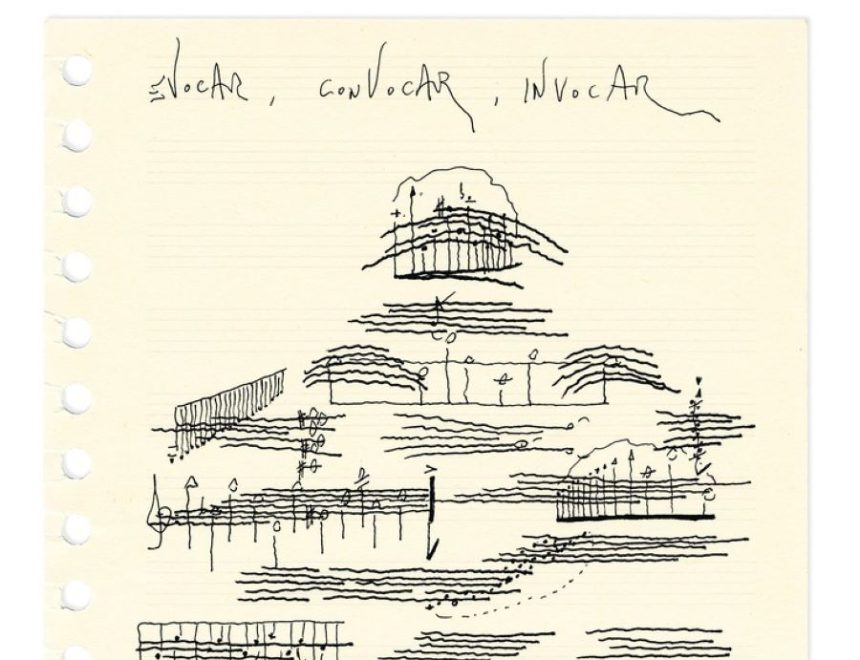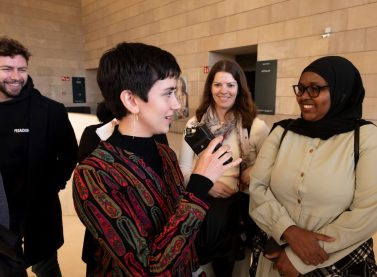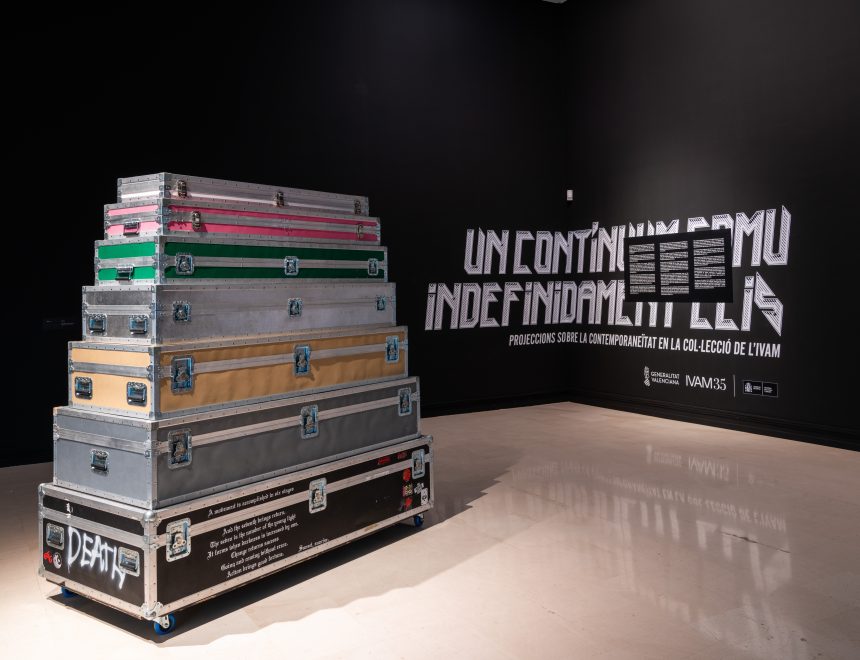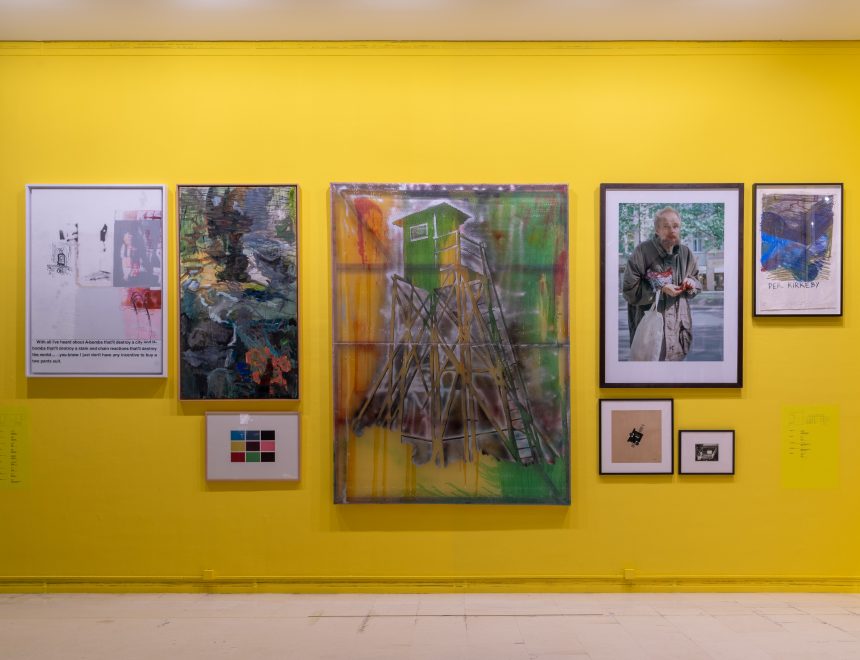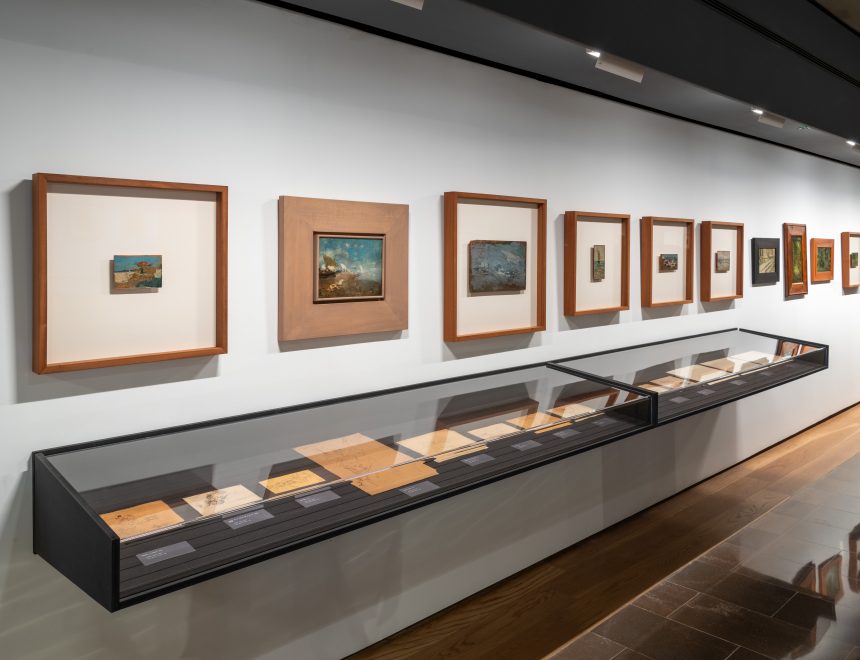This proposal aims to jointly explore the work of female artists in Spain and Portugal in the final years of the dictatorship and the beginnings of democracy. The historical evolution of both countries in those years has many points in common. Both Spain and Portugal suffered long dictatorships, in fact both regimes adopted the same motto to summarize their ideology: “God, country and family.”
In the sixties and early seventies, the presence of female artists increased significantly in both countries, particularly in alternative circles and in opposition to the regime. When we examine the production of Spanish and Portuguese artists of the time, we see that they adopted a wide range of media and styles: abstraction and normative art, traditional realism, pop art and critical realism, conceptualism and neo-Dadaism, among others. Not all of them were concerned with reflecting on the female condition, but a significant number of the works produced by women in those years had to do, in one way or another, with themes close to the feminist agenda; such as the sexual division of labour, the social construct of societal roles, motherhood, domesticity or sexual violence. However, this feminist or proto-feminist aspect was ignored by most of the critics of the time (and even denied, on many occasions, by the artists themselves). It was not until a few years ago that some Spanish and Portuguese historians began to study the political dimension of many of these works.
This exhibit aims to reevaluate the work of Spanish and Portuguese artists at the time, taking into account their specificities with respect to the Anglo-Saxon model and highlighting the multiple parallels that we can find between them. It will also be an opportunity to investigate possible moments of exchange and encounter between artists from both countries.
List of artists participating in the project: Alice Jorge (1924-2008), Ana Buenaventura (1942), Ana Hatherly (1929-2015), Ana Peters (1932-2012), Ana Vieira (1940-2016), Ángela García Codoñer (1944), Àngels Ribé (1943), Aurèlia Muñoz (1926-2011, Aurora Valero (1940), Bertina Lopes (1924-2012), Ção Pestana (1953), Carme Aguadé (1920-2013), Clara Menéres (1943-2018), Concha Jerez (1941), Elena Asins (1940-2015), Elisabete Mileu (1956), Elisenda Sala (1938), Elvira Alfageme (1937), Emília Nadal (1938), Esther Ferrer (1937), Eugènia Balcells (1943), Eulàlia Grau (1946), Eva Lootz (1940), Fátima Vaz (1946-1992), Fina Miralles (1950), Graça Morais (1948), Graça Pereira Coutinho (1949), Gracinda Candeias (1947), Helena Almeida (1934-2018), Helena Lapas (1940), Helena Lumbreras (1935-1995), Irene Buarque (1943), Isabel Baquedano (1936-2018), Isabel Oliver (1946), Jane Millares Sall (1928), Joana Rosa (1959), Juana Francés (1924-1990) , Lola Bosshard (1922-2012), Lourdes Castro (1930-2022), Luísa Correia Pereira (1945-2009), Magda Bolumar (1936), Manuela Almeida (1944-2002), Maria Antónia Siza (1940-1973), Maria Beatriz (1940-2020), María Droc (1903-1987), Maria José Aguiar (1948), Maria José Oliveira (1943), María Teresa Codina (1926-2016), Marisa González (1943), Menez (1926-1995), Paula Rego (1935-2022), Renée Gagnon (1942), Salette Tavares (1922-1994), Silvia Gubern (1941), Soledad Sevilla (1944), Teresa Gancedo (1937), Teresa Magalhães (1944-2023) and Túlia Saldanha (1930-1988).
Exhibition coproduced with:

This project has been possible with the collaboration of Acción Cultural Española (AC/E)

Collaboration:


